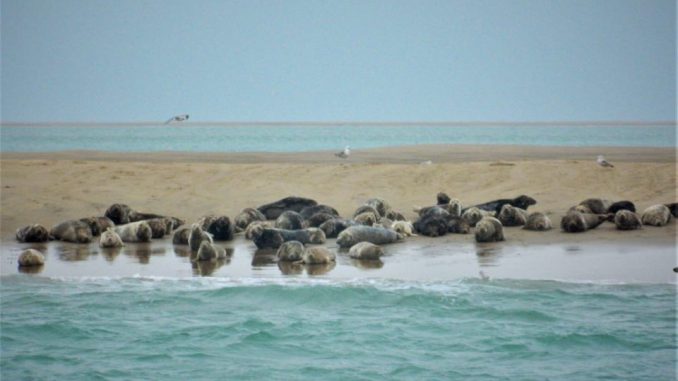
Goodwin Sands SOS has launched a crowdfunding appeal for a Judicial Review against the Marine Management Organisation’s decision to grant Dover Harbour Board a licence to dredge 3 million tonnes of aggregate from the historic Goodwin Sands.
Goodwin Sands SOS has instructed environmental and public lawyers, Richard Buxton Ltd, to represent them. Their claim for a Judicial Review must be submitted by October 25.
The platform CrowdJustice is being used for this part of the fundraising; donors’ pledges are only payable once the initial crowdfunding target is reached, which must be within 30 days. The target is £8,000.
The licence decision, which was made in July, followed two years of campaigning by the community group and came just one week after the end of the public consultation for the Goodwin Sands Marine Conservation Zone designation.
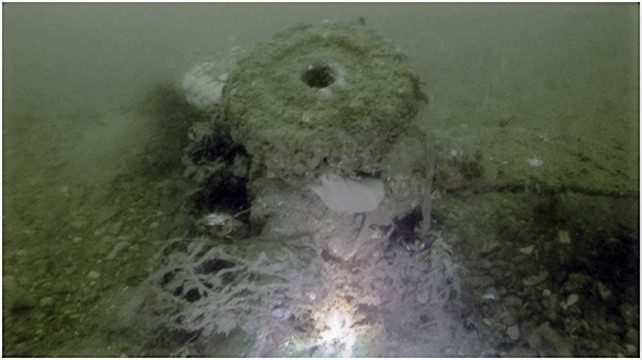
Campaigner Joanna Thomson said: “Personal appeals from Lewis Pugh, the UN Patron of the Oceans to Michael Gove have not yet borne fruit and even the discovery of an apparent World War Two bomber on the edge of the dredging zone has not dented the armour plated coating of the MMO.
“We therefore have no alternative but to take advantage of the narrow window of opportunity and start legal proceedings”.
The fighting fund received a welcome boost last week from the Thanet Fishermen’s Association, whose traditional fishing grounds are increasingly under threat from seabed development.
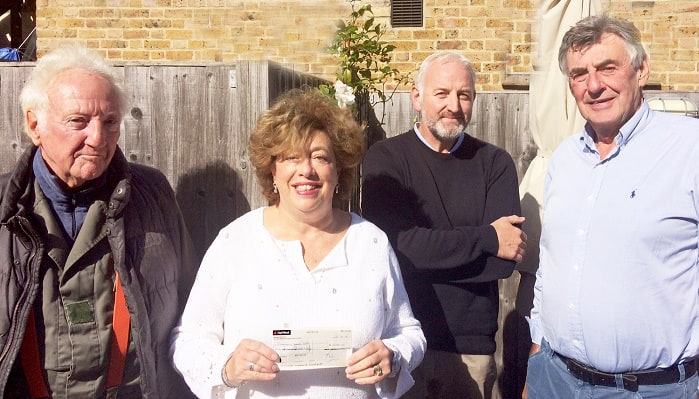
Fiona Punter (pictured above with TFA members) of Goodwin Sands SOS said: “We are extremely grateful to the TFA for their very generous donation which has given our legal fighting fund a real boost. The fishermen of Thanet have been virtually ignored by the official bodies during the licencing process; we believe the importance of the fishing grounds on the Goodwins to this vital part of our local community must not be underestimated.”
John Nichols, Chairman of the Thanet Fishermen’s Association, added: “Our traditional fishing grounds are becoming the most developed area of seabed in the UK – dredging, wind farms and interconnectors are all having a serious impact on our fishing areas but the Government is taking no notice of our concerns.
“The mitigation measures proposed in the Goodwin Sands consent, for commercial fishing, are woefully inadequate which gives us no option but to continue to challenge this decision.”
Dover Harbour Board docks plan
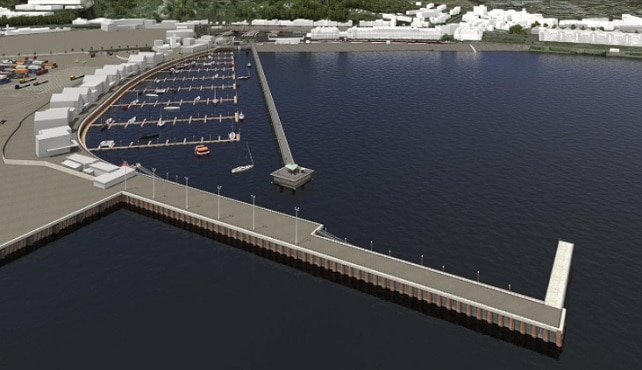
In May 2016 Dover Harbour Board applied to the MMO for a licence to dredge 2.5 million m3 of sand from the Goodwin Sands to use for landfill and construction of their new Dover Western Docks.
In January 2017 DHB appointed Volker Stein Boskalis Westminster (VSBW) as their main contractors for phases 1 and 2. In April 2017, Westminster Gravels Ltd, part of the Boskalis Westminster group, was granted a licence to dredge a new area in the Outer Thames Estuary called Area 501.
In August 2017, DHB announced they would be extracting 500,000 m3 of aggregate from this new area 501 as they need it for immediate works, reducing the amount of sand they wish to take from the Goodwins.
DHB say the Goodwins dredge would keep costs low on the £250m project to rejuvenate Europe’s busiest port.
On its website DHB states: “Marine aggregates form the building blocks of modern day life. They’re used to build homes, offices, shops and roads. There are billions of tonnes of marine aggregate just a few miles up the coast from Dover – the Goodwin Sands. The Goodwin Sands have been dredged extensively for commercial use since the Second World War; for example, twice the volume we require for the development was used in the construction of the Channel Tunnel.”
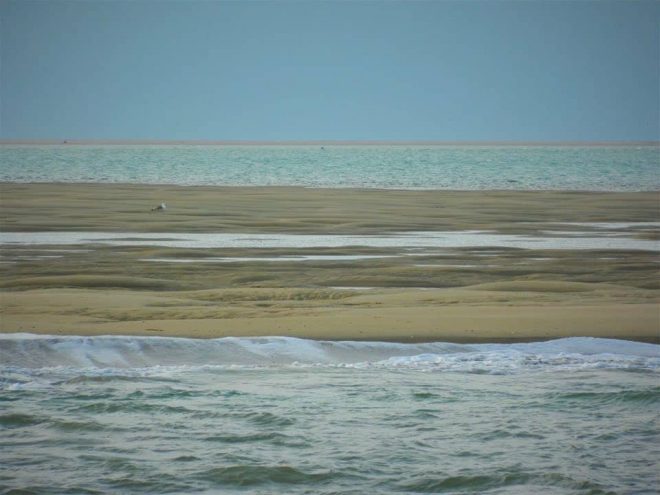
Goodwin Sands SOS say initial grounds for the review include the process by which the MMO assessed the Marine Conservation Zone objectives and the risk of damage to the shipwrecks and aircraft in an area that is acknowledged by Dover Harbour Board’s own advisors Wessex Archaeology to ‘contain one of the highest densities of designated marine heritage assets in the UK.’
Find the fundraising page at https://www.crowdjustice.com/case/help-us-save-the-goodwin-sands/

